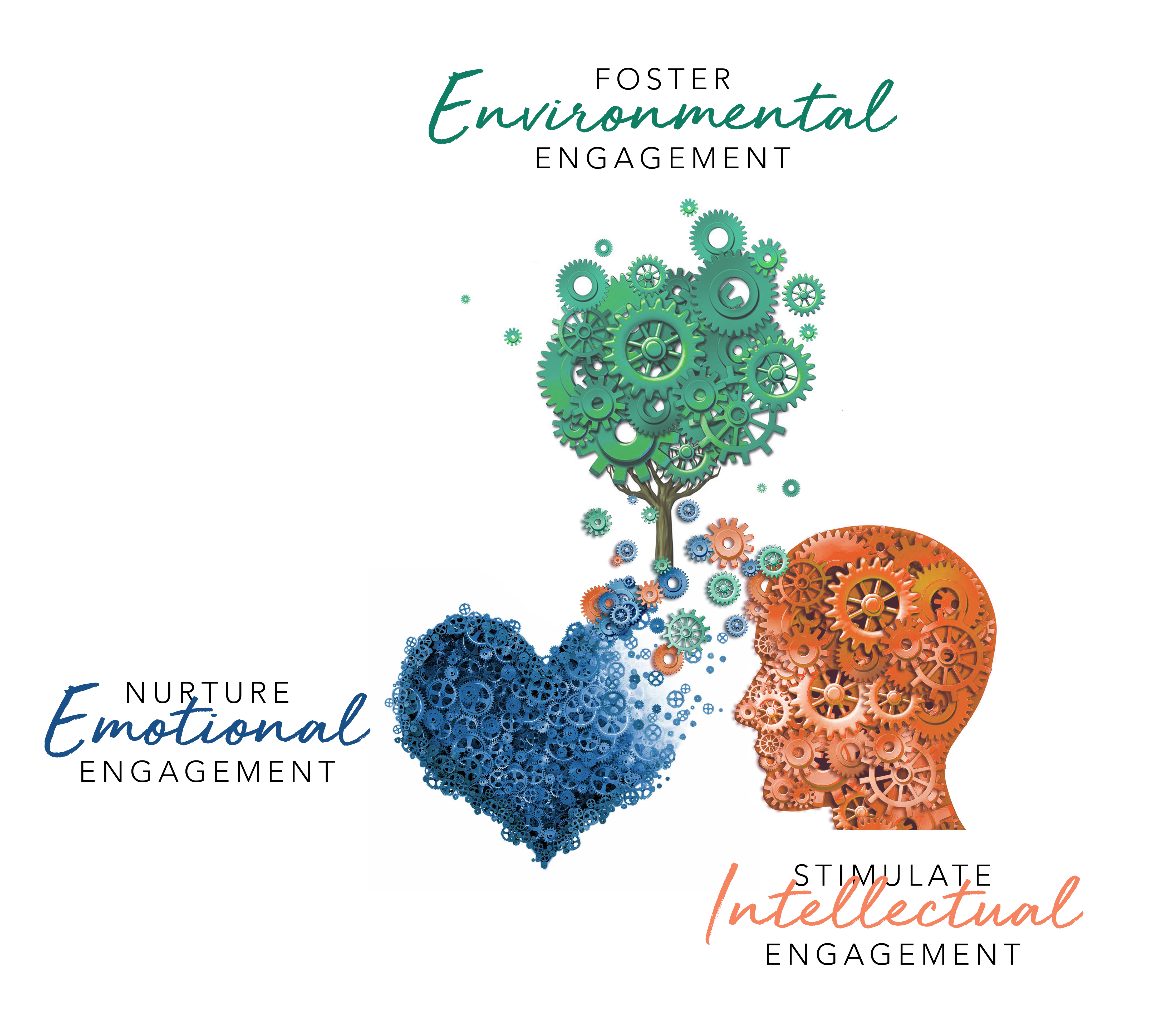Brain-Science: A Framework for Learner Engagement
The Research behind Our Approach As virtual hybrid learning becomes part of most organizations' learning strategies, many of us have started to...
5 min read
 Jennifer Lindsay-Finan
:
Sep 30, 2024 8:00:00 AM
Jennifer Lindsay-Finan
:
Sep 30, 2024 8:00:00 AM

In today’s rapidly evolving digital landscape, the shift from traditional classrooms to online learning environments has been both inevitable and transformative. While online education offers unparalleled flexibility and access, it also presents unique challenges, particularly in fostering a sense of community among learners. Building effective learning communities online is crucial for student engagement, satisfaction, and success.
Let’s look at some strategies for creating dynamic and engaging online learning communities, emphasizing collaboration, shared goals, and effective communication. We’ll also highlight successful case studies and provide practical tips for trainers and facilitators aiming to cultivate vibrant virtual learning spaces.

Key Points:
The Importance of Learning Communities
Learning is inherently social. According to the social constructivist theory of learning, knowledge is constructed through interaction and collaboration with others. This is why learning communities, where individuals engage in collective inquiry and knowledge building, are so effective. In a traditional classroom, the sense of community is often cultivated through face-to-face interactions, group work, and informal discussions. Replicating this in an online environment requires deliberate planning and the use of specific strategies.
Research has shown that strong learning communities contribute to higher levels of student engagement, motivation, and overall satisfaction. A study by Garrison, Anderson, and Archer (2000) on the Community of Inquiry framework emphasizes the importance of cognitive presence, social presence, and teaching presence in online learning environments. These elements are critical in creating a community where learners feel connected to each other and their facilitator, thereby enhancing the learning experience.
Strategies for Building Effective Online Learning Communities
Collaboration is at the heart of any learning community. In an online setting, this can be achieved through various tools and methods, such as:
A sense of shared purpose is essential in any community. In an online learning environment, clearly defined goals help align learners’ efforts and create a collective sense of achievement, for example:
Communication is the backbone of any learning community. In an online environment, it’s essential to have tools and strategies that facilitate clear and consistent communication. Common best practices include
A strong learning community is one where learners feel they belong is important. This sense of belonging is crucial for engagement and retention in online courses. You help can build this connection through:
Case Studies of Successful Online Learning Communities
Harvard Business School Online has been successful in creating a vibrant online learning community through its interactive platform, HBX. One key feature is the "cold call" technique, where students are randomly selected to contribute to discussions, mimicking the in-class experience. The platform also uses social tools like peer assessments and discussion boards to foster collaboration and interaction among students.
These massive open online courses (MOOCs) platforms have mastered the art of building global learning communities. Through forums, peer reviews, and collaborative projects, students from all over the world engage in meaningful learning experiences. edX, for instance, uses discussion prompts and group assignments to encourage interaction, while Coursera offers peer-graded assignments that promote engagement and accountability.
The University of Illinois' iMBA program is another excellent example. The program combines synchronous and asynchronous learning methods to create a cohesive learning community. Weekly live sessions, peer group activities, and a strong emphasis on communication ensure that students remain connected and engaged throughout their studies.
Practical Tips for Educators and Facilitators:
Building effective learning communities online requires intentionality, creativity, and the right tools. By focusing on collaboration, shared goals, effective communication, and fostering a sense of belonging, educators and facilitators can create dynamic and engaging online learning environments. As digital learning continues to evolve, the ability to build strong online learning communities will be essential in ensuring learner success and satisfaction. By learning from successful examples and implementing proven strategies, facilitators can transform the online learning experience into one that is just as rich, interactive, and rewarding as traditional in-person education.
InSync Training has been successful in creating a vibrant online learning communities for organizations for over 20 years. Whether it’s a small business or Fortune 500 company, InSync is uniquely qualified to deliver scalable, top-tier solutions to meet your needs and foster business goals. Meet with one of our Virtual Learning Experts today to explore specialized solutions today!

The Research behind Our Approach As virtual hybrid learning becomes part of most organizations' learning strategies, many of us have started to...

Hybrid Learning is the New Blended Learning Today’s learning environment is complicated. Not only do we need to intellectually engage individual...

1 min read
Engagement is not easy, so which is better: classroom collaboration or interaction? The virtual classroom has been around a lot longer than most of...